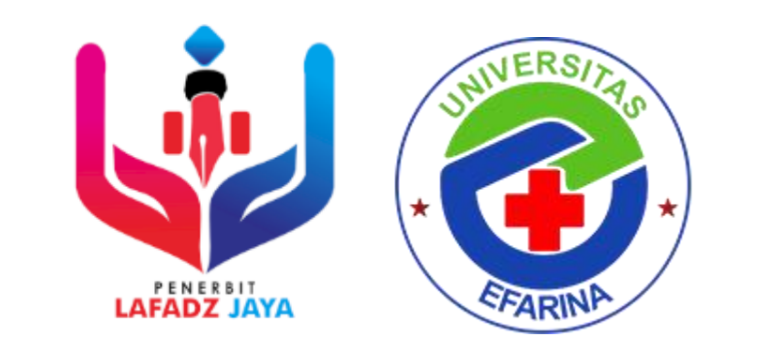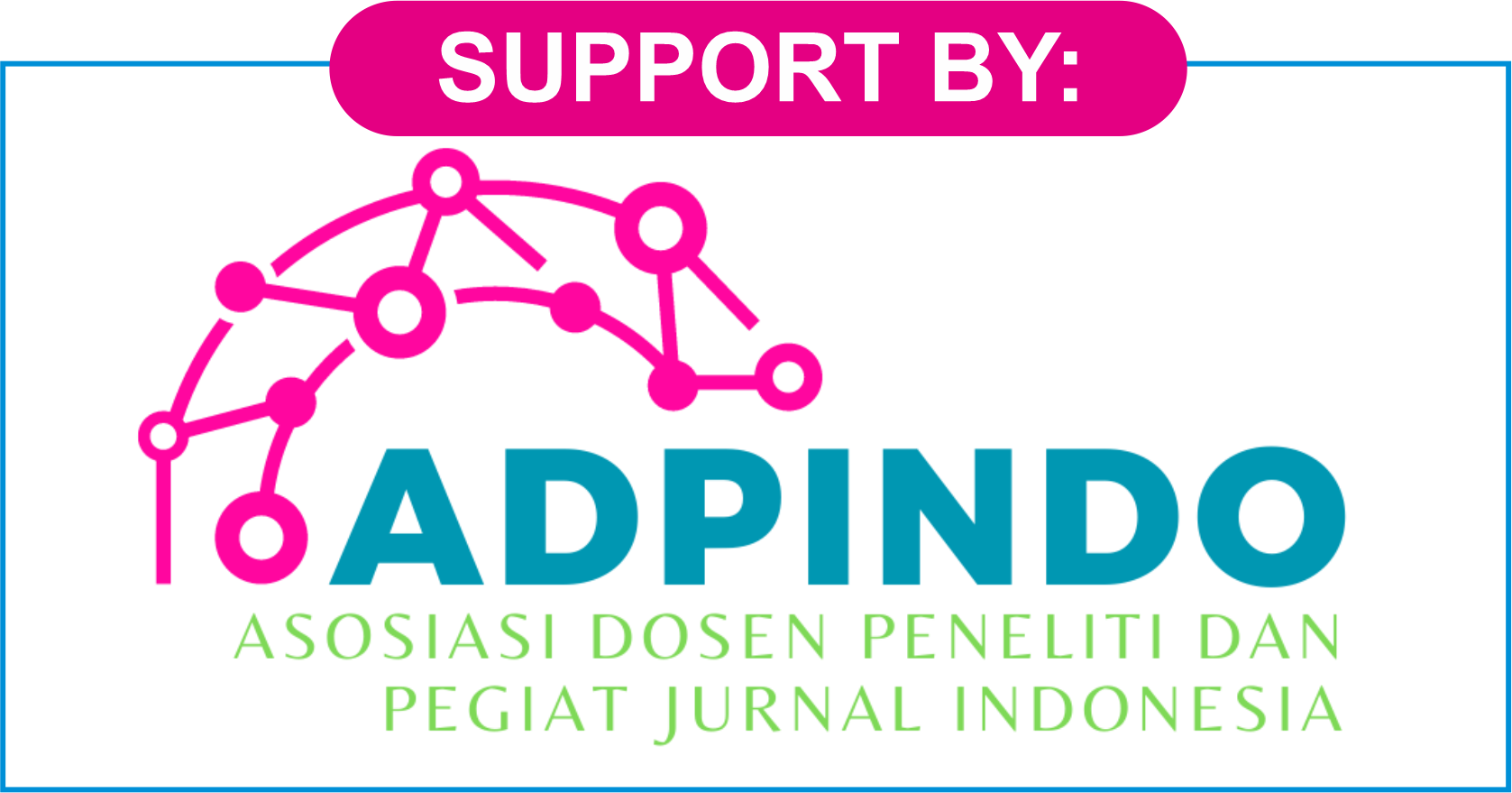KETAHANAN EMOSIONAL PADA SISWA SMP KORBAN CYBERBULLYING
DOI:
https://doi.org/10.47353/sikontan.v2i2.1413Keywords:
cyberbullying, emotional resilience, victims, adolescentsAbstract
Cyberbullying is a type of bullying that is carried out through the use of the internet. Cyberbullying has occurred a lot among teenagers, including in the world of education. The impact of cyberbullying is to reduce the emotional well-being of the victim. Emotional resilience is an essential factor in preventing the prolonged effects of cyberbullying. This study intends to analyze the emotional resilience of adolescent victims of cyberbullying. A total of 115 junior high school students aged 12-16 years who were victims of cyberbullying were involved in filling out a research questionnaire on an emotional resilience scale, The Connor-Davidson Resilience Scale (CD-RISC). The collected data were analyzed using correlation and regression statistical techniques. Emotional resilience is successful in helping cyberbullying victims find life satisfaction. Teenage victims of cyberbullying can maintain self-comfort through emotional resilience.
Downloads
References
Arnarsson, A., Nygren, J., Nyholm, M., Torsheim, T., Augustine, L., Bjereld, Y., Markkanen, I., Schnohr, C. w., Rasmussen, M., Nielsen, L., & Bendtsen, P. (2020). Cyberbullying and traditional bullying among Nordic adolescents and their impact on life satisfaction. Scandinavian Journal of Public Health, 48(5), 502–510. https://doi.org/10.1177/1403494818817411
ASJ. (2018). KPAI: Perundungan Urutan Keempat Kasus Kekerasan Anak. ANTARA News Jawa Bara.
Elgar, F. J., Napoletano, A., Saul, G., Dirks, M. A., Craig, W., Paul Poteat, V., Holt, M., & Koenig, B. W. (2014). Cyberbullying victimization and mental health in adolescents and the moderating role of family dinners. JAMA Pediatrics, 168(11), 1015–1022. https://doi.org/10.1001/jamapediatrics.2014.1223
Hinduja, S., & Patchin, J. W. (2008). Cyberbullying: An exploratory analysis of factors related to offending and victimization. Deviant Behavior, 29(2), 129–156. https://doi.org/10.1080/01639620701457816
Hurriyati, E. A., & Mawarni, R. D. (2013). Kreativitas dan Ketahanan Emosional pada Siswa dengan Ekskul Membatik. Humaniora, 4(1), 37. https://doi.org/10.21512/humaniora.v4i1.3416
Ibrahim, A. R., & Toyyibah, S. (2019). Gambaran Self-Acceptance Siswi Korban Cyberbullying. FOKUS (Kajian Bimbingan & Konseling Dalam Pendidikan), 2(2), 37–44. https://doi.org/10.22460/fokus.v2i2.3020
Jalal, N. maulidya, Idris, M., & Muliana. (2021). Faktor-Faktor Cyberbullying Pada Remaja. Jurnal IKRA-ITH Humaniora, 5(2), 146–154.
Murden, F., Bailey, D., Mackenzie, F., Oeppen, R. S., & Brennan, P. A. (2018). The impact and effect of emotional resilience on performance: an overview for surgeons and other healthcare professionals. British Journal of Oral and Maxillofacial Surgery, 56(9), 786–790. https://doi.org/10.1016/j.bjoms.2018.08.012
Navarro, R., Yubero, S., & Larrañaga, E. (2015). Cyberbullying Across the Globe: Gender, Family, and Mental Health. Cyberbullying Across the Globe: Gender, Family, and Mental Health, 1–281. https://doi.org/10.1007/978-3-319-25552-1
Pahlevi, R. (2022). Ratusan Anak Jadi Korban Bullying di Media Sosial sejak 2016. Databoks.Katadata.Co.Id.
Periantalo, J. (2018). Validitas Kriteria Tes Potensi Akademik UNJA (Criterion Related Validity Of Tpa Unja). INTUISI: Jurnal Psikologi Ilmiah, 10(1), 1–9.
Purba, D., & Purba, M. (2022). Aplikasi Analisis Korelasi dan Regresi menggunakan Pearson Product Moment dan Simple Linear Regression. Citra Sains Teknologi, 1(2), 97–103.
Puspita, N., Kristian, Y. Y., & Onggono, J. N. (2019). Resiliensi pada Remaja Perkotaan yang Menjadi Korban Bullying. Jurnal Perkotaan, 10(1), 44–76. https://doi.org/10.25170/perkotaan.v10i1.307
Rahayu, F. . (2012). Cyberbullying sebagai dampak negatif penggunaan teknologi informasi. Journal of Information Systems, 8(1), 22–31.
Rumra, N. S., & Rahayu, B. A. (2021). Perilaku Cyberbullying Remaja. Jurnal Ilmiah Kesehatan Jiwa, 3(1), 41–52.
Rusyidi, B. (2020). Memahami cyberbullying di kalangan remaja. Jurnal Kolaborasi Resolusi Konflik, 2(2), 100–110. https://doi.org/10.24198/jkrk.v2i2.29118
Saiz, M. J. S., Chacón, R. M. F., Abejar, M. G., Parra, M. D. S., Rubio, M. E. L., & Jiménez, S. Y. (2019). Personal and Social Factors Which Protect Against Bullying Victimization. Enfermería Global, 18(2), 13–24. http://pesquisa.bvsalud.org/portal/resource/pt/ibc-ET1-2977
Shaw, R. J., Currie, D. B., Smith, G. S., Brown, J., Smith, D. J., & Inchley, J. C. (2019). Do social support and eating family meals together play a role in promoting resilience to bullying and cyberbullying in Scottish school children? SSM - Population Health, 9, 100485. https://doi.org/10.1016/j.ssmph.2019.100485
Syadza, N., & Sugiasih, I. (2017). Cyberbullying pada remaja smp x di kota pekalongan ditinjau dari konformitas dan kematangan emosi. Proyeksi, 12(1), 17–26.
Tarapdar, S., & Kellett, M. (2011). Young people’s voices on cyber bullying: what can age comparisons tell us. Diana Award. http://diana-award.org.uk/news-events/new-research-shows-cyber-bullying-is-on-the-increase
Triyono, & Rimadani. (2019). Dampak Cyberbullying di Media Sosial pada Remaja dan Implikasinya terhadap Pelayanan Bimbingan dan Konseling. Jurnal Neo Konseling, 1(1). https://doi.org/10.24036/0096kons2019
Tugade, M. M., & Fredrickson, B. L. (2004). Resilient Individuals Use Positive Emotions to Bounce Back From Negative Emotional Experiences. Journal of Personality and Social Psychology, 86(2), 320–333. https://doi.org/10.1037/0022-3514.86.2.320
Varela, J. J., Guzmán, J., Alfaro, J., & Reyes, F. (2019). Bullying, Cyberbullying, Student Life Satisfaction and the Community of Chilean Adolescents. Applied Research in Quality of Life, 14(3), 705–720. https://doi.org/10.1007/s11482-018-9610-7
Wolak, J., Mitchell, K., & Finkelhor, D. (2007). Unwanted and wanted exposure to online pornography in a national sample of youth internet users. Pediatrics, 119(2), 247–257. https://doi.org/10.1542/peds.2006-1891
Yubero, S., de las Heras, M., Navarro, R., & Larrañaga, E. (2021). Relations Among Chronic Bullying Victimization, Subjective Well-Being and Resilience in University Students: A Preliminary Study. Current Psychology, 1–12. https://doi.org/10.1007/s12144-021-01489-x
Downloads
Published
How to Cite
Issue
Section
License
Copyright (c) 2023 Bram Rialdi Siregar, Erik Saut H. Hutahaean, Adi Fahrudin

This work is licensed under a Creative Commons Attribution 4.0 International License.











